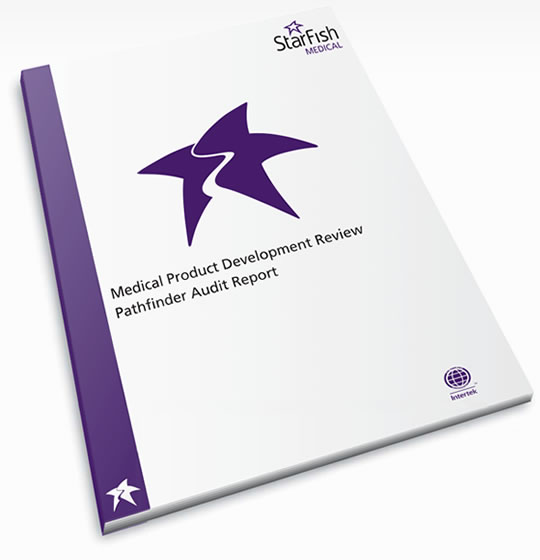
Proven Process for Medical Device Success: Part 2 – Regulatory to Design for Manufacture
Last week I discussed Intellectual Property, Consumables Strategy, Value Chain and Margin, and Reimbursement, as part of a Proven Process for Medical Device Success and thorough new technology commercialization readiness review.
This week we cover: Regulatory, Human Factors and Workflow, Technology Assessment, and Design for Manufacture.
Regulatory
Regulatory is a whole expertise in itself, and can be daunting to those new to medical devices. Our Regulatory checklist touches on the main things to consider. The Pathfinder process can help develop and fill in areas which are currently lacking, such as the Indications for Use, which is vitally important in defining a product’s regulatory pathway. For example, under Health Canada guidance, an Oximeter intended for spot checking home use is Class II, but if it is intended for continuous monitoring in a recovery room is Class III, while an intracardiac Oximeter is Class IV. Three Oximeters, each with a different classification based on indications for use.
Human Factors and Workflow
It can sometimes be difficult for entrepreneurs who are from a focused engineering background to understand the value of Human Factor Engineering and Industrial Design. However, both the FDA and CE marking requires human factors to be considered as part of the design process. Developing use cases, and evaluating possible solutions with clinician focus groups (the people who would actually use the device) will provide human factors input. For example, Frequently Used functions are identified in conjunction with the focus group, and prioritized to ensure they are easily accessible and well designed. Paper-based screen layouts can be evaluated as a low-cost, rapid way of confirming a user interface, before committing to detailed graphic design and software coding.
Technology Assessment
Sometimes entrepreneurs have a medical device ‘Product Prototype’ which they want to start manufacturing. The Design History File, required by the FDA, may be a circuit diagram and some software source code. Unfortunately, this is insufficient rigour for a medical device, and will not pass regulatory clearance.
In these cases, it is often useful to have experts develop an improved proof-of-concept prototype, following recognized medical device design processes. For example, the Product Specification should be agnostic to the technical solution, but should contain the User-requirements. A formal Risk Analysis should drive detailed design specifications required to mitigate risks of harm to the patient or operator. Software modules or components critical for safety or performance clearly identified. Following a Design Control process that complies with the FDA and ISO requirements is not trivial, but a Technology Assessment allows you to fill-in the gaps.
Design for Manufacture
Most customers need a staged approach to manufacture – it is unlikely you will be selling 1 million products in your first year. Review the business needs and strategize on the optimum manufacturing techniques. For example, will you be developing a few handfuls of prototypes which may be used for clinical study, or manufacturing low volumes of products– typically in the hundreds per year? Using the designer as your low volume contract manufacturer can be a painless way of getting into the marketplace, often your home market.
Once the volumes hit the thousands, it is often more efficient to transition to larger, dedicated manufacturers. These may be in the US (thousands of units), Puerto Rico or Mexico (tens of thousands of units) and transitioning to south-east Asia for hundreds of thousands to millions of units. At each transition, design optimizations can be made which will lower your overall parts and manufacturing costs as the design moves away from standard, off the shelf parts to custom parts with custom tooling. Establish the break-even points for design optimization, with a clear pathway for volume ramping.
Conclusion
Using a process developed over 15 years of experiences for demonstrating the overall feasibility of a medical device commercialization program is a powerful technique. Identifying areas of greatest weakness is a sanity check that will pay off while raising funds, clearing regulatory approval, and seeking market success.
You may have discovered while reading that you understand some parts pretty well but need help with the others. Request a Regulatory Checklist for an easy self-assessment, watch our Medical Device Success videos, or take us up on a free one hour consultation.
Vincent Crabtree, PhD is a former Regulatory Advisor & Project Manager at StarFish Medical.
Images: StarFish Medical